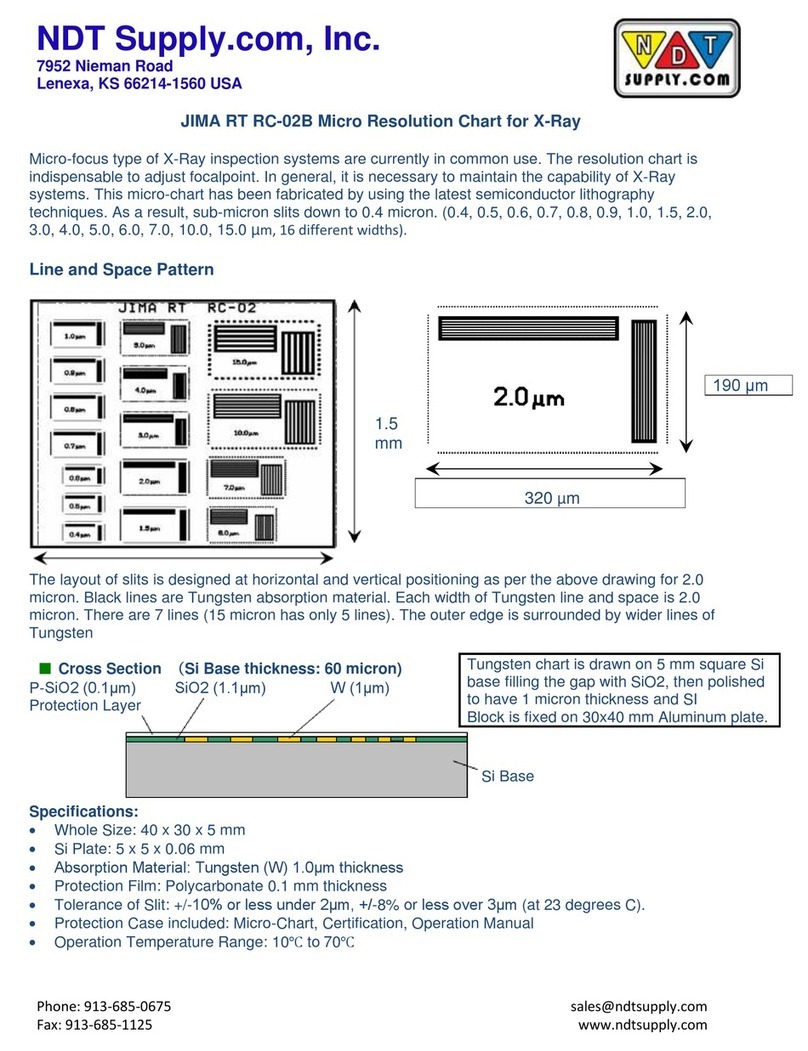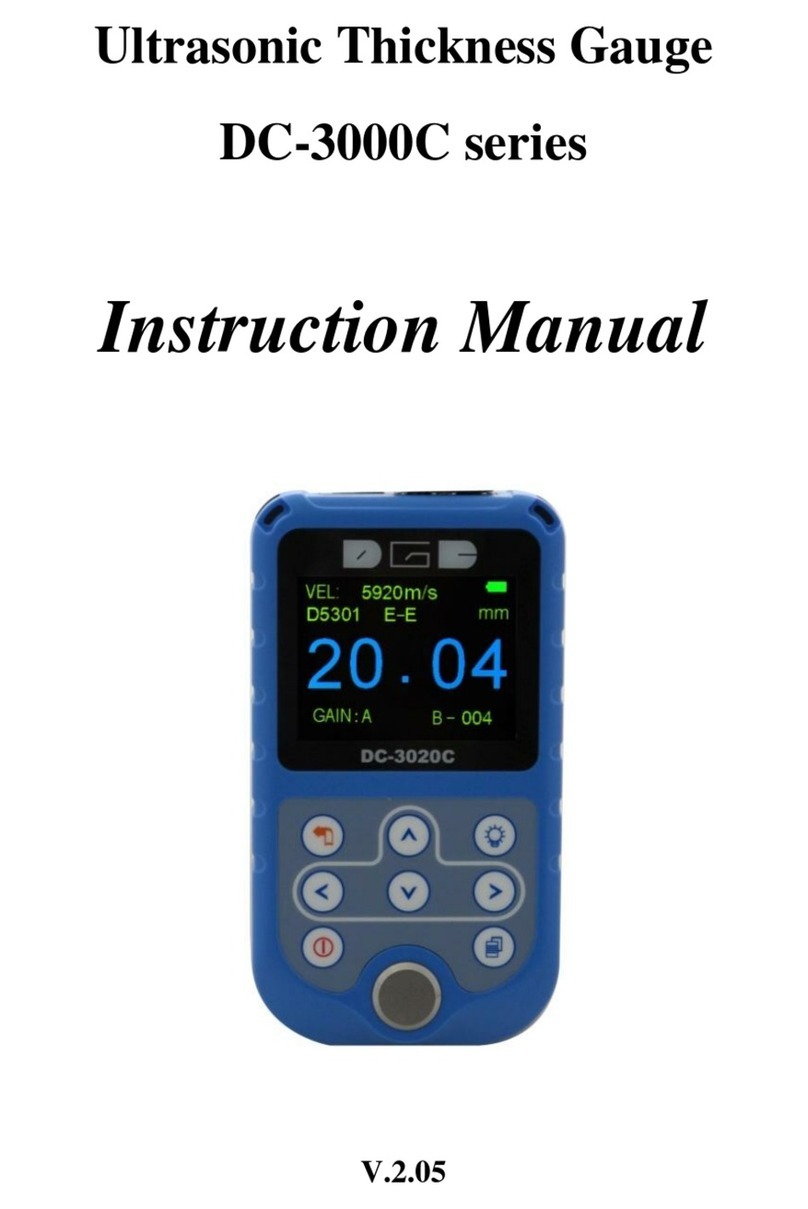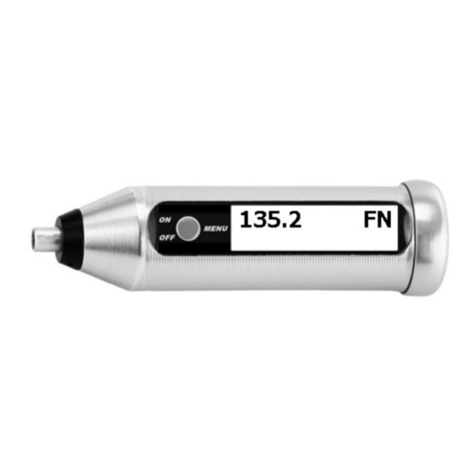
Contents
iv www.ndtjames.com
Table of Contents
Introduction.......................................................................................1
Instrument Contents List ..................................................................2
Contents List............................................................................3
Testing Bench Contents List ............................................................4
Contents List............................................................................4
Emodumeter Overview.....................................................................6
Control Panel Buttons..............................................................7
Menu Layout.....................................................................................8
Emodumeter Run Mode...................................................................9
Emodumeter Setup Menus ............................................................10
Emodumeter Selections.................................................................11
Gain.......................................................................................11
Sampling rate and number of data points .............................11
Trigger Level..........................................................................12
Review Menu..................................................................................13
System Setup.................................................................................14
Changing Date.......................................................................14
Erase Memory.......................................................................16
Display Cursor.......................................................................17
Battery Operation ..................................................................18
Battery Charge ......................................................................19
Simple Guidelines for Battery Maintenance..........................20
Upload Menu..................................................................................21
Test Bench.....................................................................................22
Accelerometer................................................................................23
Testing Procedure..........................................................................25
Longitudinal Frequency Mode...............................................25
Transverse Frequency Mode ................................................29
Torsional Frequency Mode....................................................32
Emodulinx Introduction...................................................................35
Features ................................................................................35
Minimum System Requirements ...........................................35
Emodulinx Overview ......................................................................36
Menu Descriptions.................................................................37
Software Installation.......................................................................38
































